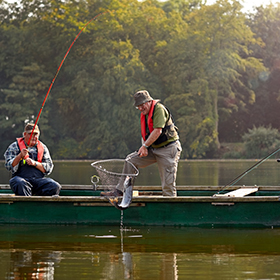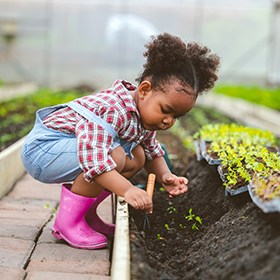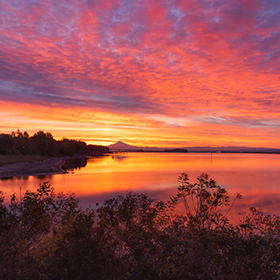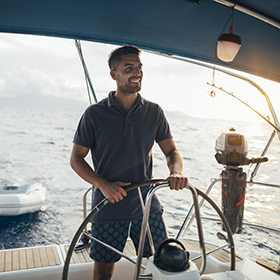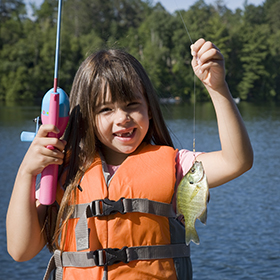Everybody loves to catch trout. However, sometimes the trout fisheries’ supply needs a little help to meet the demand.
Everybody loves to catch trout. However, sometimes the trout fisheries’ supply needs a little help to meet the demand. For example, Pennsylvania state hatcheries will soon add about 3.2 million trout to streams and lakes. But trout stocking, or “planting” as it might be called in California, varies each year so you should watch for the release of each year’s stocking report.
Here are some factors that can influence trout stocking:
Human Population Density. The stocking rate may increase to meet demand by more anglers in a region.
Construction. Occasional maintenance on a bridge or lake drawdown for repair of a dam can halt stocking temporarily.
Landowner Postings. In some cases, angler access granted by landowners can influence stocking by state hatcheries.
Water Levels. Oklahoma recently resumed stocking in the lower Illinois River when the high waters receded and began to clear.
Weather. Snow storms, extreme temperatures, and excessive rains can affect the ability of hatchery trucks to reach their destination.
Once you have your fishing license, be sure to pick up your state regulations or check online. There, you can find the trout stocking report and make a note of any changes in sizes, quantities, or locations of the trout stocking in your area. For example in Pennsylvania, there were numerous changes in the regulations, with a noted increase in the “artificial lure only,” ”catch and release” stream areas. This is sure to help give everyone the opportunity to enjoy connecting with these feisty fish even longer.


